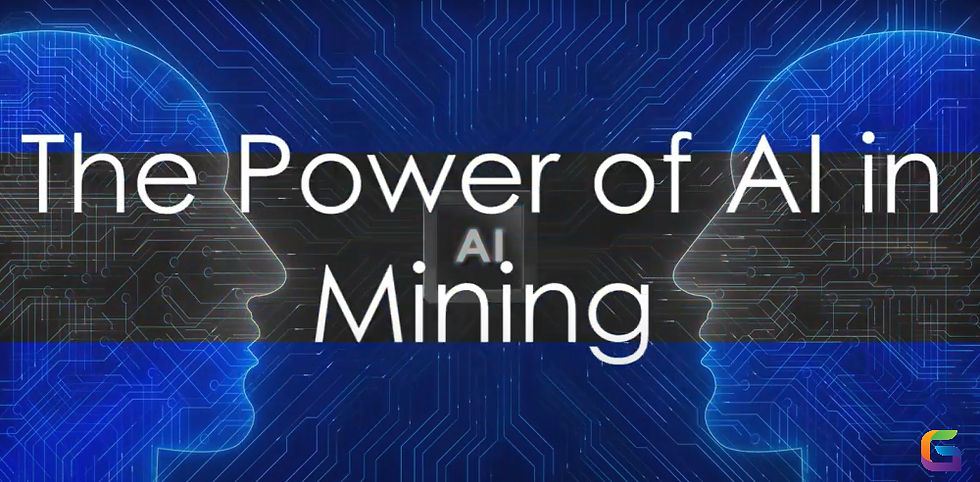Use AI to Detect and Analyse Objects on Geospatial Images
- Howard Krinitzsky

- Jun 27
- 3 min read
In recent years, artificial intelligence (AI) has transformed geospatial data processing and remote sensing. Satellite and drone imagery, along with LiDAR and hyperspectral scans, are now vital for mapping, urban planning, agriculture, defence, and disaster response. AI, especially through computer vision and deep learning, enables advanced automated object detection, classification, and geospatial analytics.
What Is Object Detection in Geospatial Imagery?
The process of locating and recognising certain features or objects—like houses, roads, cars, trees, water bodies, or solar panels—in high-resolution aerial or satellite photography is known as object identification in geospatial imagery. Usually, deep learning models trained on labelled spatial datasets are used to carry out these detections at scale.
Models for geographical imaging must be resilient to scale, perspective, sensor variations, and geographic variances, in contrast to typical image datasets (such as COCO and ImageNet).

AI Techniques for Geospatial Object Detection
For processing raster-based geospatial imagery, CNNs are essential. ResNet, VGG, and Inception models are frequently optimised for tasks like:
Categorisation of scenes
Localisation of objects
Identifying changes in time-series satellite photos
2. RetinaNet, Faster R-CNN, and YOLO
These are well-known designs for object identification that have been modified for remote sensing. They offer:
Detection of bounding boxes
Classification of several objects
On edge devices, real-time inference (YOLOv8 for drones)
3. Instance and Semantic Segmentation
Models like U-Net, DeepLabV3+, and Mask R-CNN are utilised for pixel-level analysis to:
Take out the imprints of buildings.
Road segments and vegetation
Map locations that have burned or flooded in disaster photos.
4. Models Based on Transformers
Segment Anything Model (SAM), Swin Transformers, and Vision Transformers (ViT) are new developments in geographic AI for:
Tasks involving general segmentation
Zero-shot inference for novel kinds of objects
Better learning of long-range spatial dependencies
Applications of AI-Based Geospatial Object Detection
Industry | Use Case |
Agriculture | Crop classification, weed detection, and yield estimation |
Urban Planning | Building detection, land use mapping |
Disaster Response | Damage assessment, flood zone mapping |
Energy | Solar panel counting, wind turbine inspection |
Defence | Vehicle tracking, border monitoring |
Forestry | Tree species classification, illegal logging detection |
Challenges and Considerations
Limitations of Spatial Resolution: Images with low resolution have lower object-level precision.
Label Scarcity: It's challenging to find geospatial datasets with annotations.
Domain Generalisation: Models developed in one area frequently don't work in another.
Accuracy of Georeferencing: AI models need to maintain spatial coordinates.
Future Directions
GeoAI is developing quickly thanks to inventions like
Earth observation foundation models, such as SatMAE and Segment Anything
Federated Learning for cross-regional model training while protecting privacy
Combining text information, vector data, and images in multimodal AI
Edge Inference on UAVs in Real Time with Jetson or Qualcomm AI Chips
Earth observation is changing as a result of the combination of artificial intelligence with geospatial imaging. Professionals can now recognise, categorise, and analyse items at a scale, precision, and speed never before possible thanks to the use of state-of-the-art deep learning architectures and geospatial frameworks.
AI-powered object identification is revolutionising actionable geospatial intelligence, whether you're using drones for infrastructure inspection, optimising precision agriculture, or tracking urban expansion.
For more information or any questions regarding geospatial images, please don't hesitate to contact us at
Email: info@geowgs84.com
USA (HQ): (720) 702–4849
(A GeoWGS84 Corp Company)




Comments